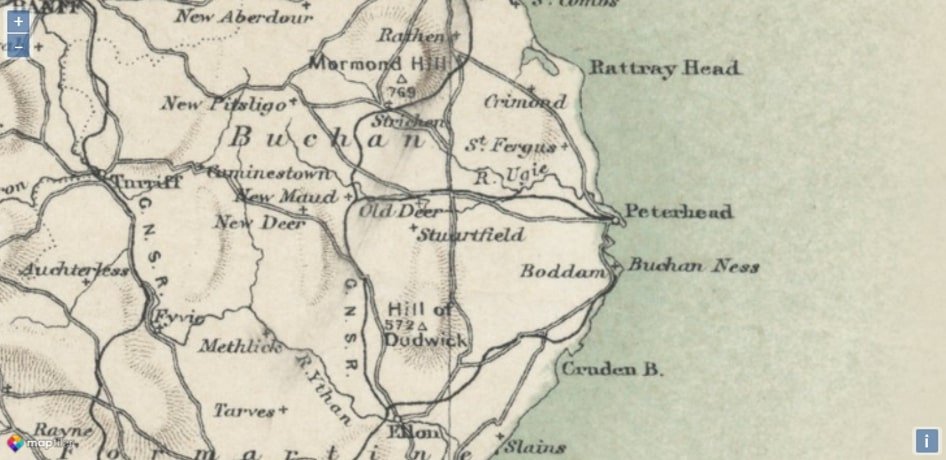One most ancient streets in Peterhead (18th century)
One most ancient streets in Peterhead
Peterhead History, Aberdeenshire, Scotland
One most ancient streets in Peterhead
Mineral Well in Peterhead was built in 1824
Mineral Well in Peterhead was built in 1824
Statue of Fisher Jessie
The inscription RAMP 1730 on the lintel stones on Broad Street
The inscription RAMP 1730 on the lintel stones on Broad Street
Detailed historic maps of Peterhead over time, showing the development of the town.



Keith Inch Castle story begins in 1589
The Reform Tower Peterhead Aberdeenshire built in 1834
The Most Ancient Ruins of Scotland
Ravenscraig Castle 14th-century
Aikey Brae stone circle